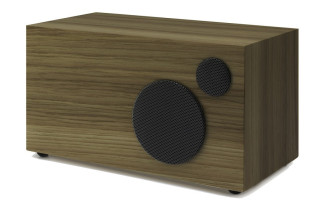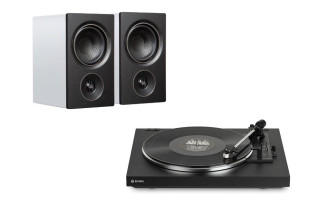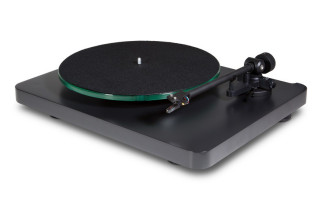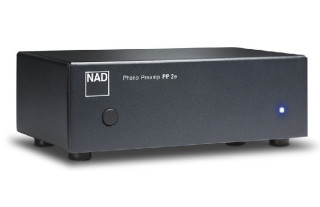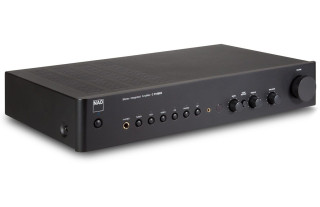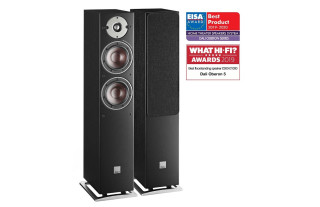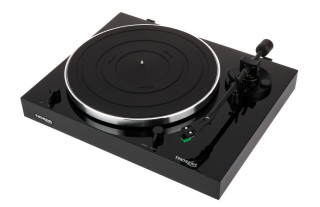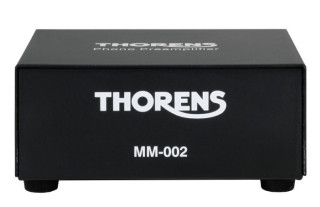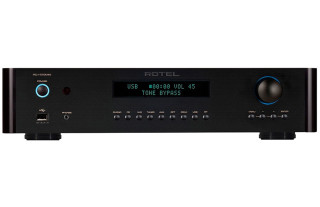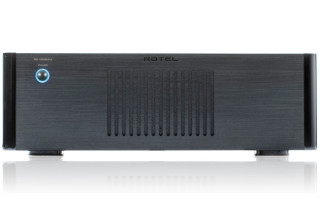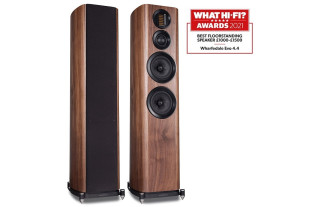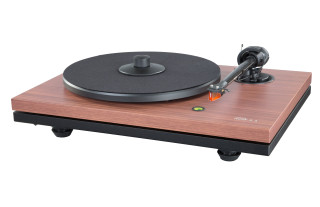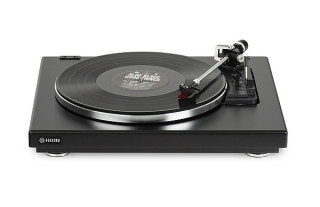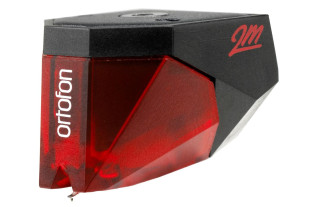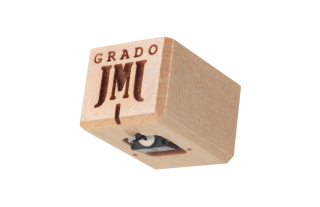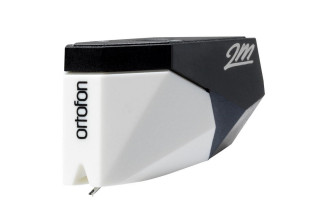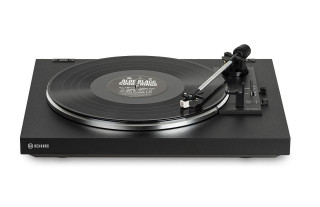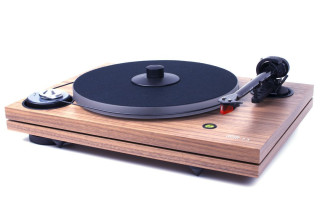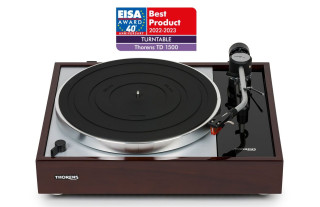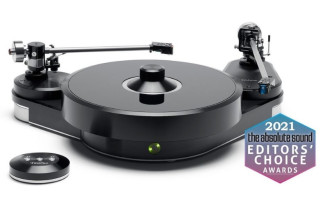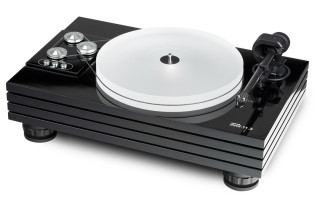- Utility Guides
- 14576 views
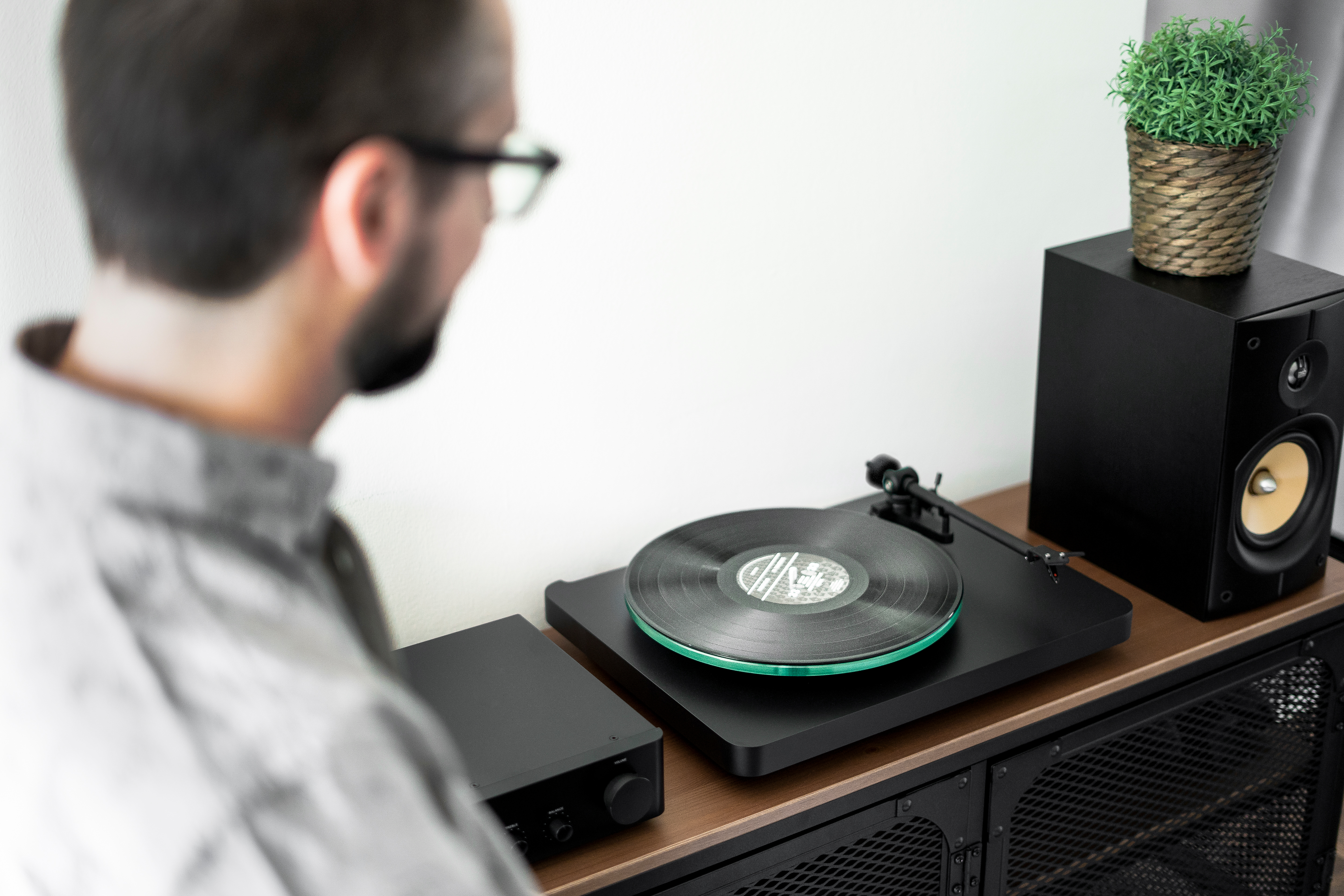
Vinyl records are experiencing a rebound that makes it more common to see them in all kinds of situations. Perhaps you came across them at a music store or because a friend inherited them from a relative or started their own collection. Be that as it may, thinking about buying a turntable is becoming more and more common.
However, for novices in the field it can be a complicated issue. Not surprisingly, this support is in the audiophile pantheon and has multiple playback options. If you need a turntable buying guide, keep reading.
Wireless turntable with active boxes
If you love vinyl but don't want to complicate anything when it comes to playing them, we recommend a turntable with a built-in preamp. You will be able to connect it directly to some active loudspeakers (by cable or, if the turntable allows it, Bluetooth), and with these two elements you will be able to enjoy your vinyl records with great quality.
Wireless turntable with active boxes
Turntable with preamp with active boxes
What sound electronics does a turntable need?
The sound that the needle manages to read on the vinyl record when it is on the turntable is very soft. Therefore, it is necessary that the signal go directly to a phono preamplifier that will preamplify it.
This initial signal, so faint, is especially susceptible to noise pollution or disturbances. That is why it is important, to enjoy the sound of vinyl with all its quality, to invest in equipment of a certain quality. We offer you these complete sound systems, adjusted to different budgets.
Complete HiFi turntable systems
Key Points to choose a turntable well
Next, we will develop the keys that you should know before choosing the dish that you are going to buy. Remember that hearing is a sense that varies from person to person, by taste and biologically, it is something that is beyond prices or specifications. For this reason, we always recommend trying to listen to the pieces of equipment in person.
At Concerto Audio we have a showroom where we can show you, on site, several models of turntables with their teams.
Before choosing the one you want, keep in mind:
1. The speeds
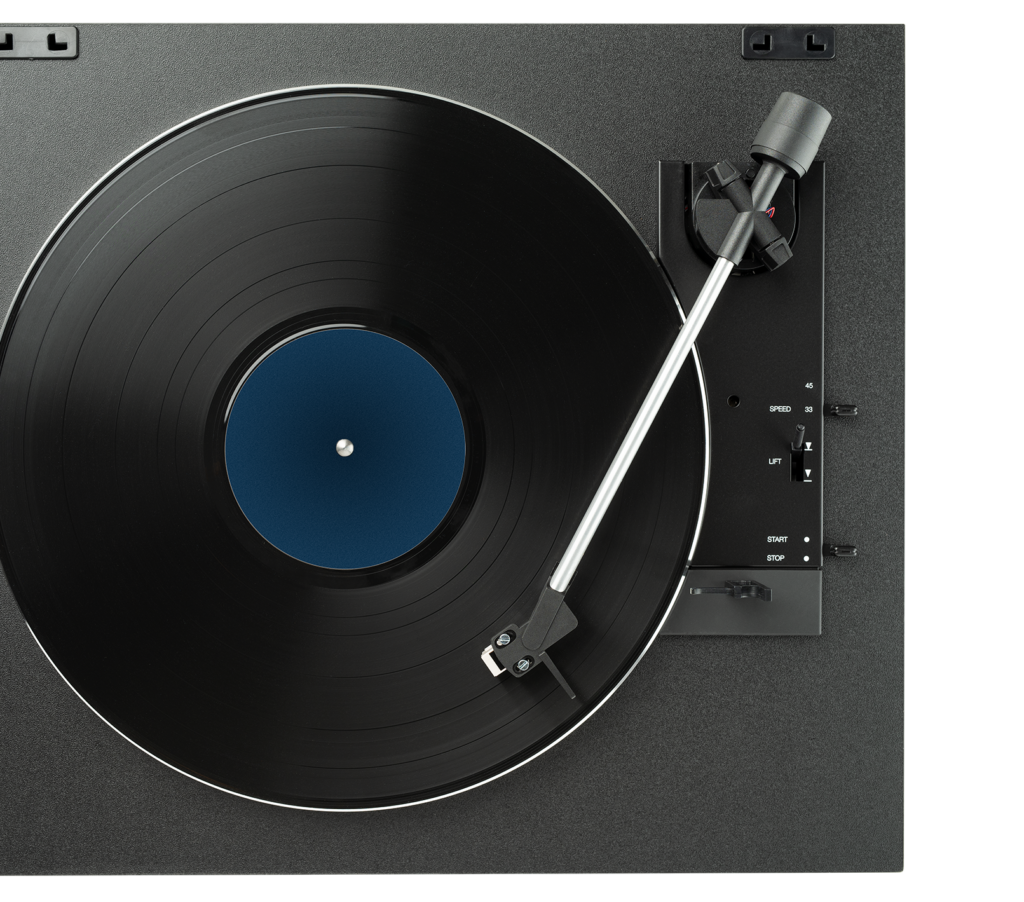
In the world of vinyl there are three speeds:
- 1 Third, or 33 rpm : it is the speed of LP vinyl records, the most common ones
- 45 rpm: it is the speed of EPs or Singles. The smallest vinyl records with the largest center hole, so they need an adapter to put them on the platter.
- 78rpm: The speed of some relics of vinyl
Two-speed turntables (33/45 rpm) are very common. The 78 rpm ones are the rarest.
Also, keep in mind if you need it to be automatic or manual. The difference is that automatic turntables change speed with the push of a button, while manual turntables require you to change gears on their belt to do so, which means more technical manipulation. Whether it is manual or automatic will influence the price.
.png)
2. Type of capsule
There are two main types of cartridge for turntables: MM and MC. Although before they had more differentiated features, today they can be chosen interchangeably to achieve great sound quality.
You will have to take this into account when choosing the phono preamp, since there are some that are compatible with both, but also others that only accept capsules from one of the two models.
In another section, there are Mono needles. Although the most common nowadays is that vinyls are recorded in stereo, there was a time (when The Beatles' original discography was being released in this format, for example) when finding Mono records was not so uncommon. If your collection abounds in these types of albums, or is focused on them, you will need a Mono cartridge that will make all the difference.
And remember: it is common for 78 speed discs to rpm are Mono.
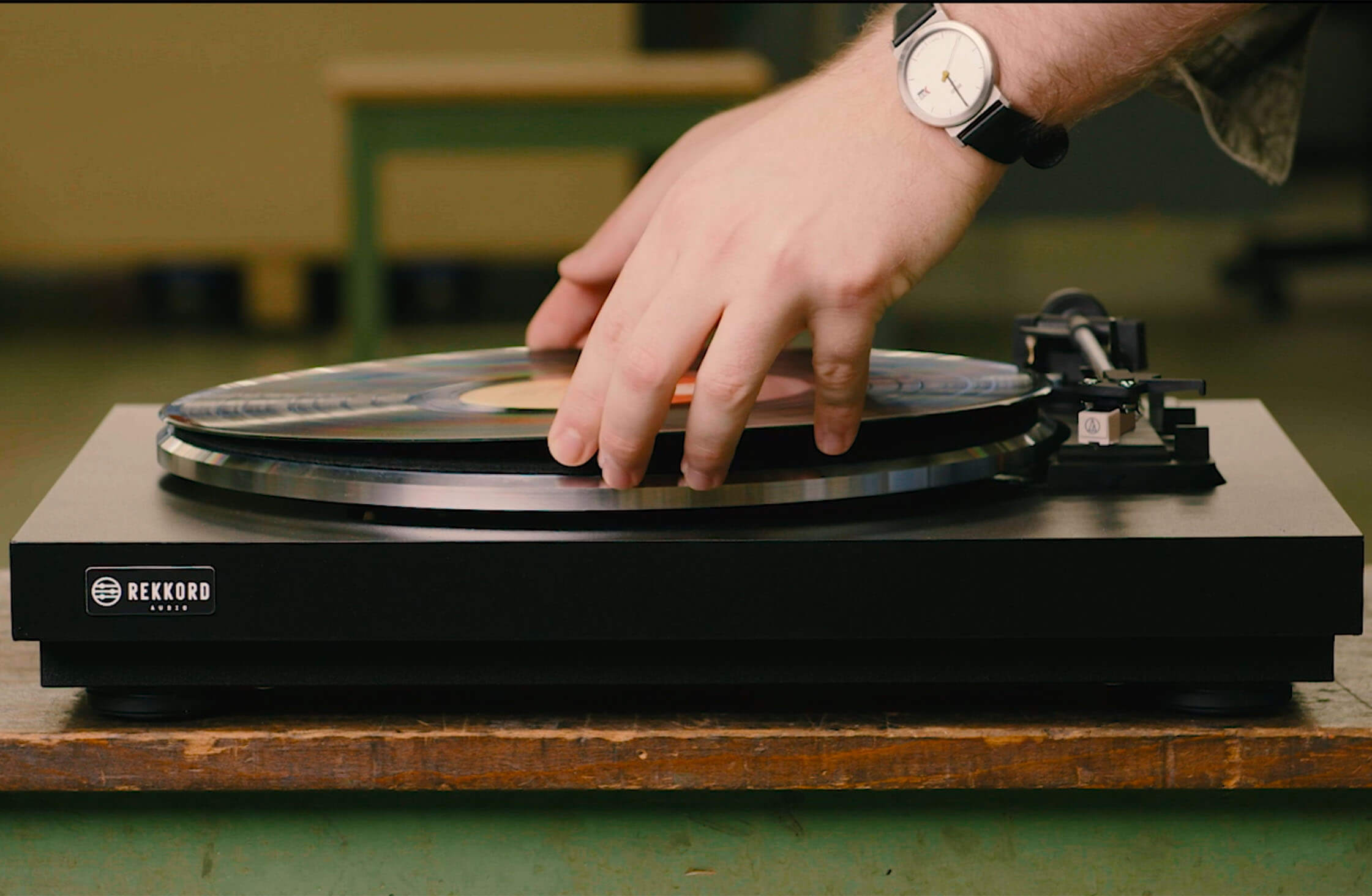
3. Turntable with or without built-in preamp?
Technology has allowed many turntables to have a built-in phono preamp. In this way, the signal captured by the needle is sent directly to this electronics, and the turntable can be connected without further intermediaries to the sound equipment or active boxes to reproduce it.
it allows fewer customization options by choosing the turntable on one side and the preamp on the other.
If your interest is only listening to vinyl, we recommend one with an integrated preamp. If you enjoy configuring electronics, one without it.
There are also some models of turntables available with and without a phono preamp, at the user's choice.
In case you buy a phono preamp apart from the turntable, remember to check that it is compatible with the type of capsule that the turntable mounts (MM, MC or Mono).
4. Direct drive or belt drive
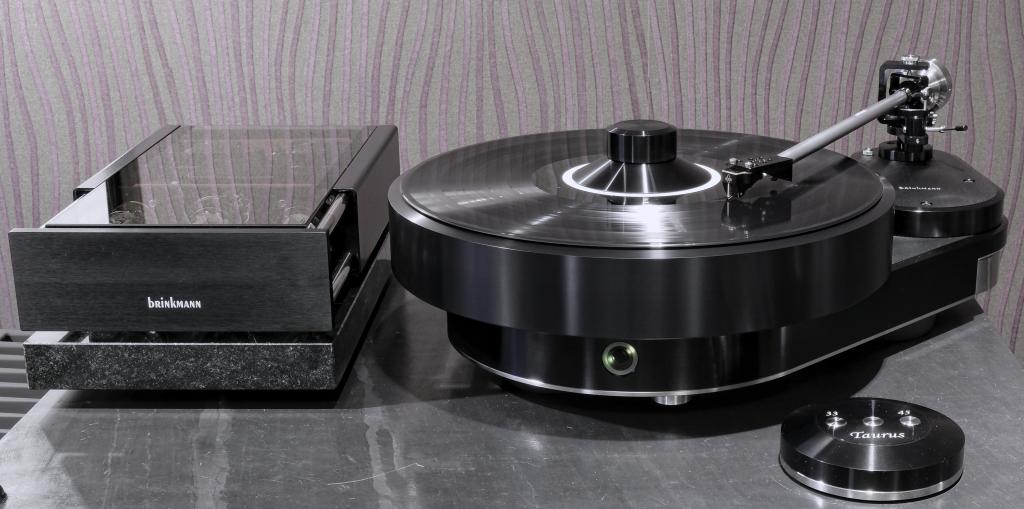
There are turntables that have direct drive and those that are equipped with belt drive. The latter are generally considered more sophisticated by separating the motor from the platter, preventing vibration from passing through. If the drive is direct, the motor rotates the plate without intermediaries. If it's a belt drive, the motor advances a belt that causes the rotation.
Since the audio signal extracted from the vinyl is so tenuous, it is very fragile and the vibration of the motor could mean alterations in it.
These are an example of direct drive turntables and another by belt.

5. Damping by suspension, high mass or multiple plinths
The fragility of the acoustic signal that has been extracted from vinyl prompts manufacturers to innovate in design so that their entire path is tamper-free. Therefore, they have devised three different ways to minimize the vibration that can reach the signal as it travels through the cartridge, tonearm and cabling.
The first is the suspension . Suspension elements, such as shock-absorbing feet, manage to accommodate vibration, reducing the impact it may have on the turntable in general and on the signal in particular.
The second option it is high mass: making a turntable so heavy that vibration is not capable of moving it. The largest turntables correspond to this design.
And thirdly, the creation of turntables with several plinths or floors, divided from each other by damping . In this way it is possible to place an element on each of the different floors so that the vibration of the motor or the rotating platter does not affect the signal at all.
Here you can see an example of each of these systems.
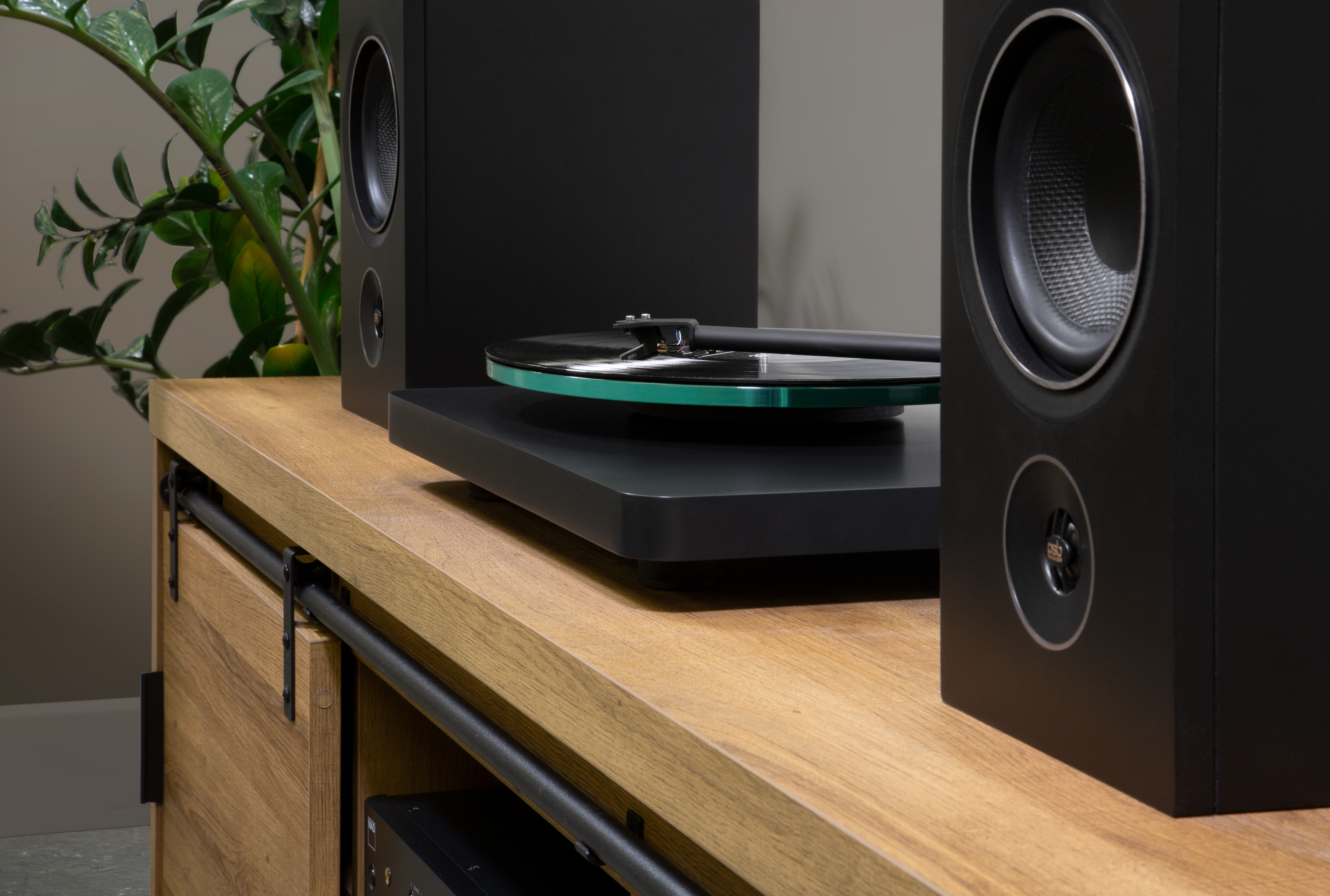
What turntable do I buy?
After knowing all these points, you will be able to consciously choose the best turntable that falls within your budget. Make sure that it has the key points that interest you the most, and that it offers good sound quality. Ideally, you should be able to try the model you are interested in in a store, one of the same brand or one with similar features to get an idea of the results of your investment.
Yes If you need advice to choose your turntable, contact us by writing to concerto@concertoaudio.com.

